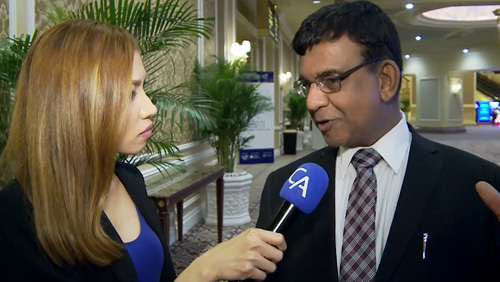In this interview with CalvinAyre.com’s Stephanie Raquel, Sudhir Kale of GamePlan Consultants explains how gaming operators can improve data collection in order to improve the customer experience.
Every operator knows that understanding the behavior of their customers is one of the keys to success. Knowing which products they use and how they are spending are two of the many ways they could reach and connect with the customers.
Sudhir Kale of GamePlan Consultants, however, pointed out that many operators forget to ask the most important question in knowing their customers – and that is understanding the ‘why’ of customer behavior.
“Right now, we only know ‘what’ and ‘how.’ We really don’t know the ‘why’ of customer behavior. Unless we get to the why, I think our understanding of our customer will be incomplete,” Kale told CalvinAyre.com.
Looking at the gambling industry in general, Kale noted that the online betting industry has good infrastructure and culture in terms of actually using the entire data of consumer behavior. This, according to Kale, helps the online betting industry develop strategies to lure new players and to make old patrons stay.
The case, however, is different for brick and mortar casinos, according to Kale.
He noted that land-based casinos don’t have the organizational culture in place to be able to harness all the insights that data can create.
“There is a shortage of skilled data scientists within the gaming industry and also there’s a lack of education across different divisions within, let’s say, an integrated resort, whereby you can actually share data across different silos, try to create a single version of the truth and get to understand the customer,” Kale said.
To improve customer experience, Kale suggested that operators must also consider their interactions beyond the games. This include the customer’s engagement with service staff, which most operators don’t get to capture.
“If you look at why a particular customer is with a particular gaming establishment vis-à-vis a competitor’s establishment, bulk of the variants, I would say 90 percent is explained by the experience that the customer has,” he said. “What happens when you have managers spend two or three hours on the gaming floor interacting with employees and the impact these interactions have in terms of how these employees treat their customers? So these are the real touch touchpoints. Everything else is basically scrubbed data that provide us fairly minimal understanding of the customers and the customer experience.”






